Snow yesterday. And snow again all day today:
Flurries tomorrow.
We've had to struggle through the weather lately. We've got the ground floor of the barn reasonably cleaned out, and have started getting the goat house ready for kidding. I've put a run door back in, and made a door for the goat house addition out of a piece of utility panel. Once we get hinges, the old coop door will go back on, and then we just need to clean out the floor of the old coop and put in fresh bedding. We may run a line of extension cords from the barn up there so we have a plug-in light for the late-night bottle feedings.
Rachel's ordered all her kidding supplies. She's printed out an exhaustive list of delivery complications and how to cope with them - so that in the panic of the moment we know how to handle it if something goes wrong. Last year Mabel and Onyx did fine, and Rachel only assisted in pulling one of Josie's legs out when she noticed she was coming nose-first.
I've been working on putting up more orange mesh along the bottom of the fence line, so once we get another pasture gate in [with chicken door] we can expand the hens' range. We'll have over an acre for 12 birds . . . plenty of room to increase the flock.
The floor of the barn coop is cleaned out, and bedded deeply with sawdust [the old bedding went into the swales behind the upper blueberries]. The hens are laying very well with the increase in sprouted lentils. They're now sprouted up green into shoots - something that happened accidentally as we were overproducing to get caught up, and the fodder and lentils took off. The birds love them green. The lentils used to be the last thing they ate, now they're the first.
We're getting an average of over 7 eggs a day in the middle of winter from 11 pullets. We're pretty happy with that. They laid 10 the other day. 8 today. And finally all the Araucana hens are in production, as we got 5 eggs from 5 hens today. One of them still has a small blue starter egg. The few voles they had can't fully account for the increase, since they're long gone [and the hens may not have eaten the last few, as we discovered a rat tunneling in and out of the coop]. Our feed cost is now under 60 cents a day for the birds. A daily average of 7 eggs is worth $3.50. The birds are paying for their own feed, and easily covering one of our bills. There's also the benefit of their copious fertilizer, bug-eating, and their entertaining presence on the farm in general. Raised as day-olds they're very friendly, and mob me when I go out to feed, some flying up into the bucket I'm carrying to get the first bits. So far we have not lost a single bird since the electric fencing went in, 6 months ago.
The Araucana rooster has turned out great. He's a good guardian, but not aggressive. I found him in a nest box the other day making a nest, picking up straw with his beak, and softly calling to one of the Araucana pullets - maybe the one that hadn't laid yet. She climbed in and settled in. He then stood halfway out the box, blocking her from leaving, and kept a long soft cooing to her to encourage her to lay. She stayed in so long after he'd left I thought she went broody. I put fresh hay in the duck nest box on the floor since there's now so much traffic with our 3 nest boxes, and he was the first one in calling the hens to check it out. A few did . . . but weren't all that interested.
We've been aggressive with the rodent problem, and so far it seems our tactics have worked. Clearing out all brush around the garden got the voles mostly out of there - we'd found and killed 3 in the beds and haven't seen them since. The voles migrated over to the debris around the shed, and I began seeing them. I noticed one scurrying along one wall inside the shed, so we put out 11 rat traps that night [mouse traps are not nearly big enough for our voles, which are in size about halfway between a mouse and a rat]. We got one along that wall while setting up the traps. We got three more in the same spot that night. That was 4 days ago, and we haven't seen or heard them since. Voles definitely stick to their runs. The traps were baited with chunks of apple sewn to the bait pedal.
We'd noticed something getting into our pumpkin stash in the barn [about 150 pumpkins for the goats], and assumed it was mice. But we noticed some large holes in the ground beneath them, especially when cleaning out the last of the pumpkin rot. A few days ago something dug out a tunnel from outside the barn, underneath the foundation, and into the chicken coop. After some research, the most likely critter was a Norway rat. It was going in to the coop at night and cleaning up the last of the chickens' fodder. It hadn't noticed the eggs yet, or tried going after the birds - though I'm sure it startled them.
We stopped feeding the birds in the coop, cleaned it out, filled the tunnel under the foundation with gravel, packed and covered it. I put out two trays of D-CON bait, both in the barn and out of reach of the chickens - one by his pumpkin burrow, and one by his tunnel from inside the barn into the coop. I also put out 2 rat traps with peanut butter that were not set. The idea is to get him [them] comfortable with eating from the trap before you spring it.
The first night all the bait was gone. We either had a bigger rat problem than we thought, as we'd never actually seen them, or the rat[s] was hoarding it in his burrow. The next night only one tray of bait disappeared. The next night half of one tray. It never touched the peanut butter - maybe wary of traps. Last night no bait was missing. The mostly likely scenario is it's dead. We won't really notice a smell till it warms up.
Fodder is now caught up and overflowing. I think we'll stick to bucket-sprouting the chickens' feed to conserve shelf space for the goats. I tried a little of the birds' fodder on the way out to feed them - a lot like any sprouts at first, but then that wheatgrass flavor hit, and they're as sweet as candy. No wonder the birds love them.
We're moving to using only fresh-ground flour for our breads. The problem is we can't yet afford a grain mill. So Rachel's experimenting with making sprouted bread. The first two loaves were good, a little crunchy, but the third was phenomenal and she's got it down now. It is way better in flavor and texture than any bread I've ever had before. It does take a little sweetener though. The kids call it fodder bread . . . but it's actually not, as the fodder's made from seed wheat, and the wheat we use for sprouted bread is hard red winter. Rachel's tried mashing sprouts in both the food processor and the manual meat grinder, and we've found it turns out best with 2 passes through the meat grinder. So even without a grain mill, we've still got 100% fresh whole wheat bread. And no electricity required.
The goats have been stuck in their stalls over the snowstorm, getting very big, now within a few weeks of kidding. Unfortunately we're running out of hay. Nobody wants to deliver just 2 or 3 round bales all the way out to Sunbright. Square bales which we can haul ourselves are far more expensive - at least twice the price. There's an old trailer I may be able to fix up so we can haul our own hay. That's going to have to move up the priority list.
Here are the big girls, the Lamanchas, veteran milkers, left to right Marley, Cayenne and Sprite:
The Samanchas, soon to be first fresheners, left to right Shadow [the top doe], Lily and Pinkie. Josie's the mini Alpine/Nubian cross, Mabel's doeling, who will shortly go up for sale. Now that the doelings have gotten over 90 lbs, their horns trump the size and age of the Lamanchas [who weigh between 130 and 140], and they're the top goats. They're the first ones through the gate, every time:
We watched a video on some guy's big raw milk operation, with 15 cows . . . not all that great, the video . . . but it got me thinking - wouldn't it be nice to have a dairy parlor. I'd have to tear the shed down over the well, cut down that leaning oak, and build it there. It'd be a sort of all-in-one, full-service parlor with a milking area and stanchions, a dairy processing and storage area, and a room for growing all their fodder. We could handle 16 does in milk this way . . . but would probably have to acquire some adjacent property to expand the pasture. And a milk machine. Very, very, long-term idea . . .
We're constantly updating the HOLDOUT FARM website, and adding new pages. We'll do a marketing blitz once the does are about to kid.
.











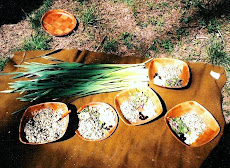









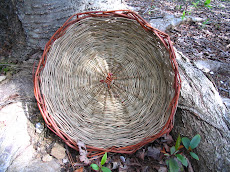



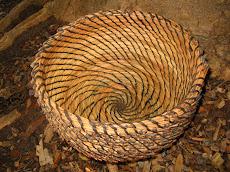



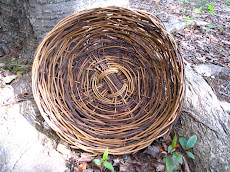

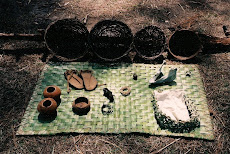


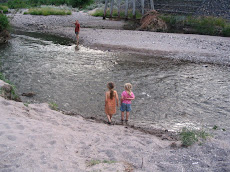

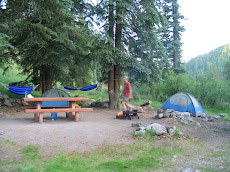


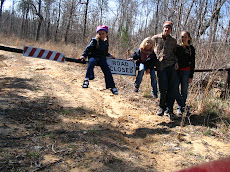






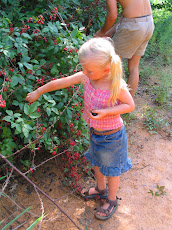








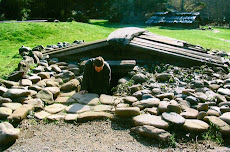







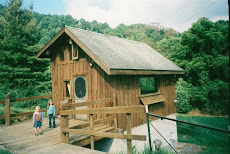


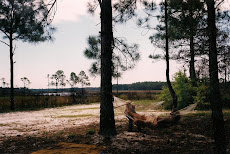

.jpg)

.jpg)

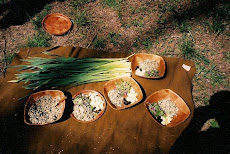
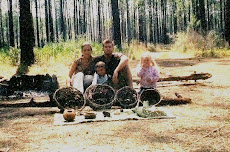
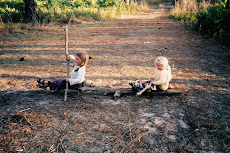.jpg)



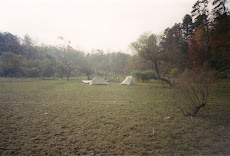

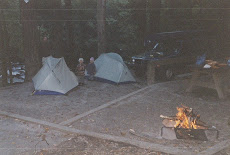


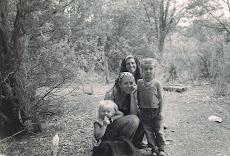.jpg)
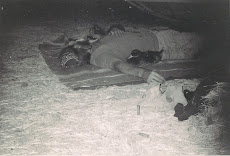.jpg)

.jpg)
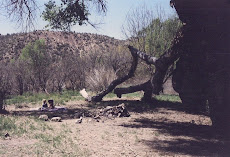.jpg)
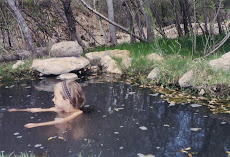
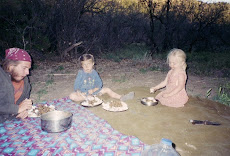.jpg)
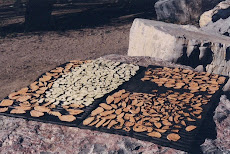
.jpg)




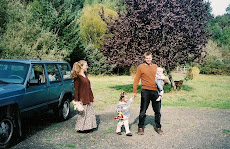
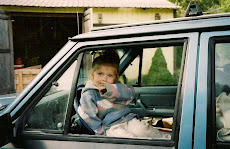


















5 comments:
Love the pics of the snow. I'm so freakin' jealous!
Goats look great! Very healthy.
I assume you're looking for a manual grain mill? I'll keep my eye open when I'm out thrifting. Goodwill had a really sweet manual juice press ... Juice-O-Mat, I think it was. I wanted to check it out online, and when I returned to buy it, it was gone. =\
The 'family grain mill' has both a manual & electric option and it looks like the best mill for us. But it's $300.
Great job on your website it looks so good!
Love following your blog.. very interesting seeing what other homesteaders in the area are doing. Hoping to set up our fodder system for the goats soon (btw: I bought Mabel from you last fall! She's doing great & starting to bag up!)
Victoria - just got our Family Grain Mill last week and it works great. Making biscuits from fresh ground flour tonight.
Angelia - we're glad Mabel is working out for you. She's a productive little Nubian, and a dream to milk. Let us know if you can how many kids she gives you, and what the sexes are. We're working on a theory of how to get more doelings through careful breeding.
Oh, btw, we've got 10 registered dairy goat kids for sale if you're looking to expand your herd. Let me know and we can send you pics and info and a price list.
Oh that's AWESOME Rob! I'd say I want some biscuits, but I can't have wheat ... so ENJOY!! =D
Post a Comment